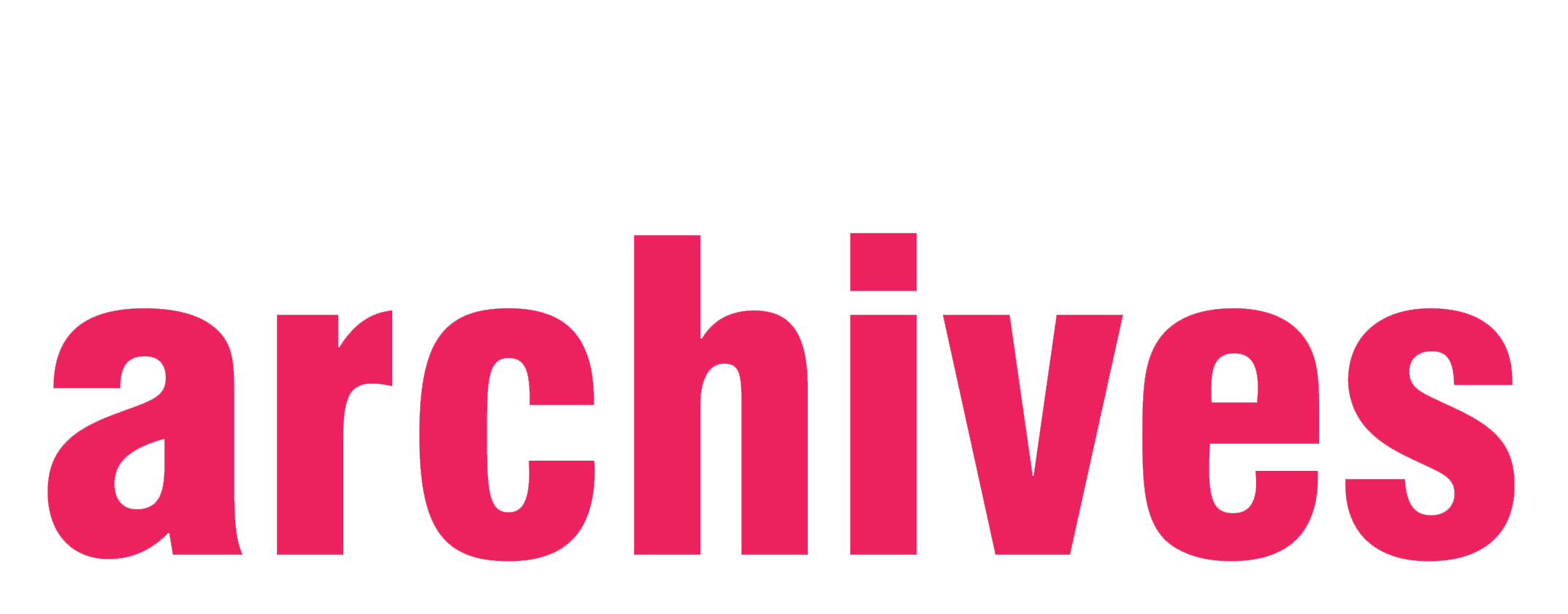Probate
of the will of
Mrs. Ruth Eleanor Purvis, deceased
Dated 18th May, 1846
This the last will and Testament of me Ruth Eleanor Purvis of Alnwick in the County of Northumberland widow of Samuel Purvis late of the same place Grocer and Tallow Chandler deceased I give and devise and bequeath unto my two sons William Clark Purvis and Henry Taylor Purvis their Heirs and Executors and Administrators all of my real and personal Estate whatsoever and wheresoever upon trust in the first place to pay thereof all my just debts funeral and testamentary expenses and expenses of obtaining probate of this my said will and incident thereof and in the next place to pay and satisfy the Legacies herein after bequeathed I give and bequeath unto my son Samuel Purvis the sum of one hundred pounds I give and bequeath unto my daughter Frances Jane Wilson the sum of one hundred pounds I give and bequeath unto my daughter Mary Athey the sum of ten pounds which with other sums of money which I have paid her husband Henry Athey I consider to be equal to the sum bequeathed to her brothers and Sisters I give and bequeath unto my Daughter Elizabeth Clark Morrison the sum of one hundred pounds and with respect to my son Edward Hutchinson Purvis having already done a great deal for his family I do not bequeath anything to him but recommend him to the kind consideration of my two sons William Clark Purvis and Henry Taylor Purvis to do for him what in their discretion they may think best. I direct the volumes of my Methodist Magazine to be equally divided amongst all my children and I give and bequeath all my wearing apparel to my Daughters to be equally divided amongst them and subject to the payment of the aforesaid debts expenses and legacies and personal Estate unto my said two sons William Clark Purvis and Henry Taylor Purvis their Heirs, Executors, Administrators and Assigns and in case either of my sons William Clark Purvis and Henry Taylor Purvis die in my lifetime then I give and devise and bequeath the share of him so dying unto the Survivor of them his Heirs, Executors, Administrators and Assigns I nominate and appoint my said two sons William Clark Purvis and Henry Taylor Purvis Executors of this will and testament
WINESS whereof I have hereunto made I publish and declare this to be my last will and testament in the year of our Lord one thousand eight hundred and forty five
Ruth Eleanor Purvis
signed and declared by the testatrix Ruth Eleanor Purvis as and for her last Will and Testament in the presence of us who in the presence at her request and in the presence of each other have hereunto subscribed our Names and Witnesses
Gerard Selby – Sol’s Alnwick
Wm. Johnson, Clerk to Mr Selby
Effects sworn under £600
Testatrix died 4th May 1846
Signed by Joseph Davison, Deputy Reg.
We would like to thank the volunteer who carefully transcribed this document. This particular item comes from a very rich sub-collection within the larger Dickson, Archer and Thorp collection, giving us a fascinating view of a bygone time.










